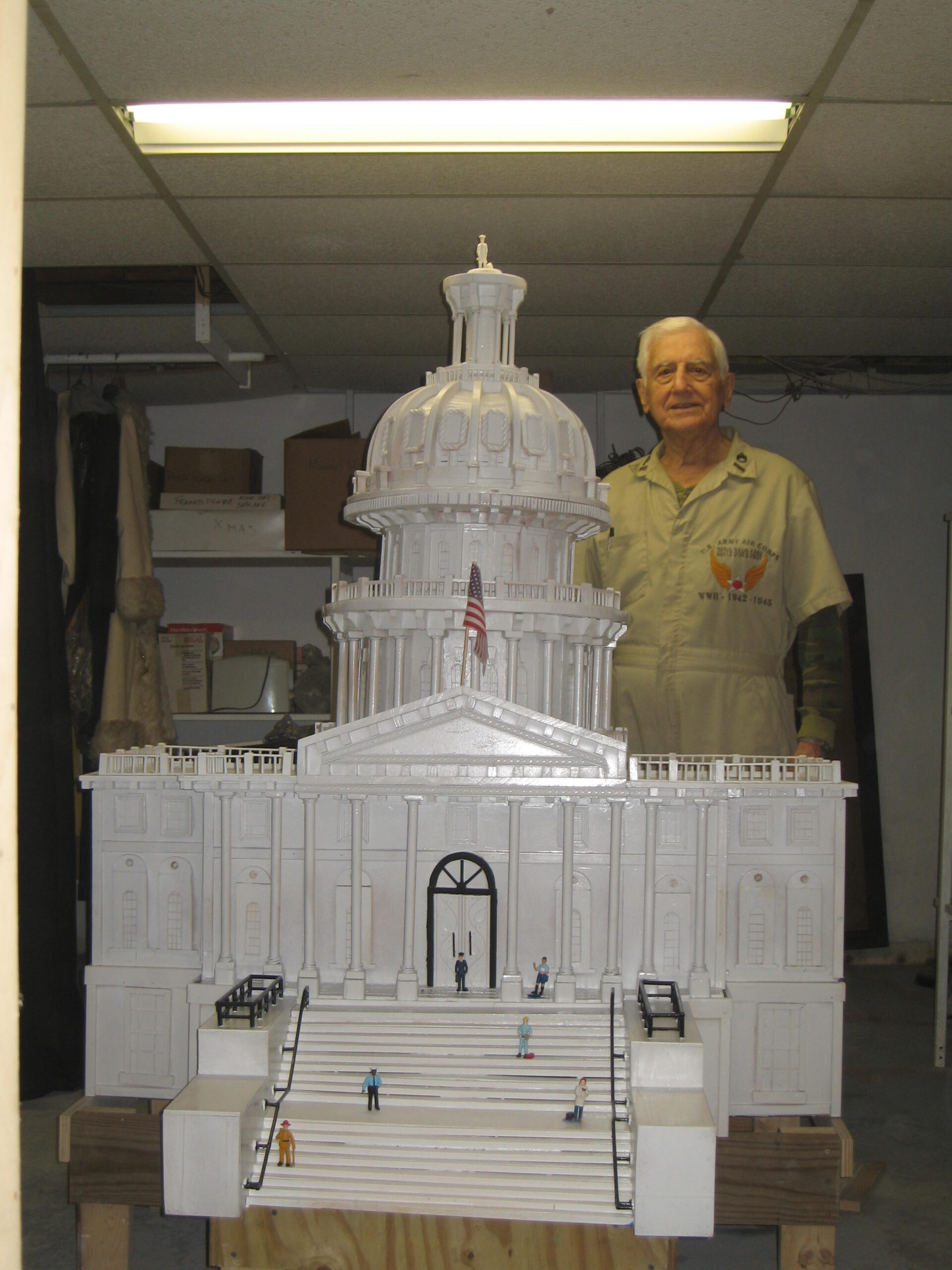By JENNIFER AMATO
Staff Writer
NORTH BRUNSWICK — More than 70 years after the end of World War II, a local veteran is still finding ways to cope with post-traumatic stress disorder (PTSD).
Frank Maltese, who recently turned 96, served in World War II with his brothers John, Nicholas Jr., Philip and Joseph.
Maltese enlisted in the U.S. Army Air Corps in January 1942, about a month after the bombing of Pearl Harbor, and was sent to Panama after his basic training in March 1942.
He was stationed on the Pacific side, guarding the entrance to the Panama Canal. Like his brother Nicholas, he was sent to McClellan Air Force Base and prepared for the departure to Guam and the invasion of Japan.
Attaining the rank of sergeant, he served as a ground crewman, an aerial machine gunner and an aerial observer.
He was overseas for two and a half years and returned to the U.S. in June 1944. He was discharged on Oct. 14, 1945 — three years, 10 months and 15 days after enlisting.
He received the American Service Medal, Good Conduct Medal, Distinguished Service Medal and Victory Medal.
To destress and forget about wartime life, Maltese began creating scale model landmark buildings from lumber and scrap wood in 2011.
“The most complicated and largest model was the Vatican,” Maltese said, comparing that model to ones of the Leaning Tower of Pisa, the Arc de Triomphe, the U.S. Capitol building and the Eiffel Tower, which each took two to three months to complete.
“I research first, plan, purchase materials and begin construction,” Maltese said. “It requires a tremendous amount of patience because my focus and attention must be on the construction of the model. I do not use drawings or plans so it’s important I stay focused and concentrate only on the project.”
Maltese works alone on each building and then stores each structure at home in his cellar.
“Focusing on my projects alleviates the anger and anxiety I experience from PTSD. It keeps my attention on constructive activities and positive thoughts. I concentrate on the projects, materials and construction of the models.
“When we operated our family steel fabrication business, it allowed me to avoid thinking about the war and allowing the PTSD (shell shock) to take over. It wasn’t until I retired that I realized not having a daily routine or structured work day lent itself to overwhelming depression, sadness and anger. So, the many years of fabricating and building experience and knowledge I possessed, I decided to begin these projects by applying my skills and knowledge to a medium other than steel.
“Concentrating and focusing on the projects occupied my mind with productive thoughts and kept me engaged in positive activity versus PTSD,” Maltese said.

